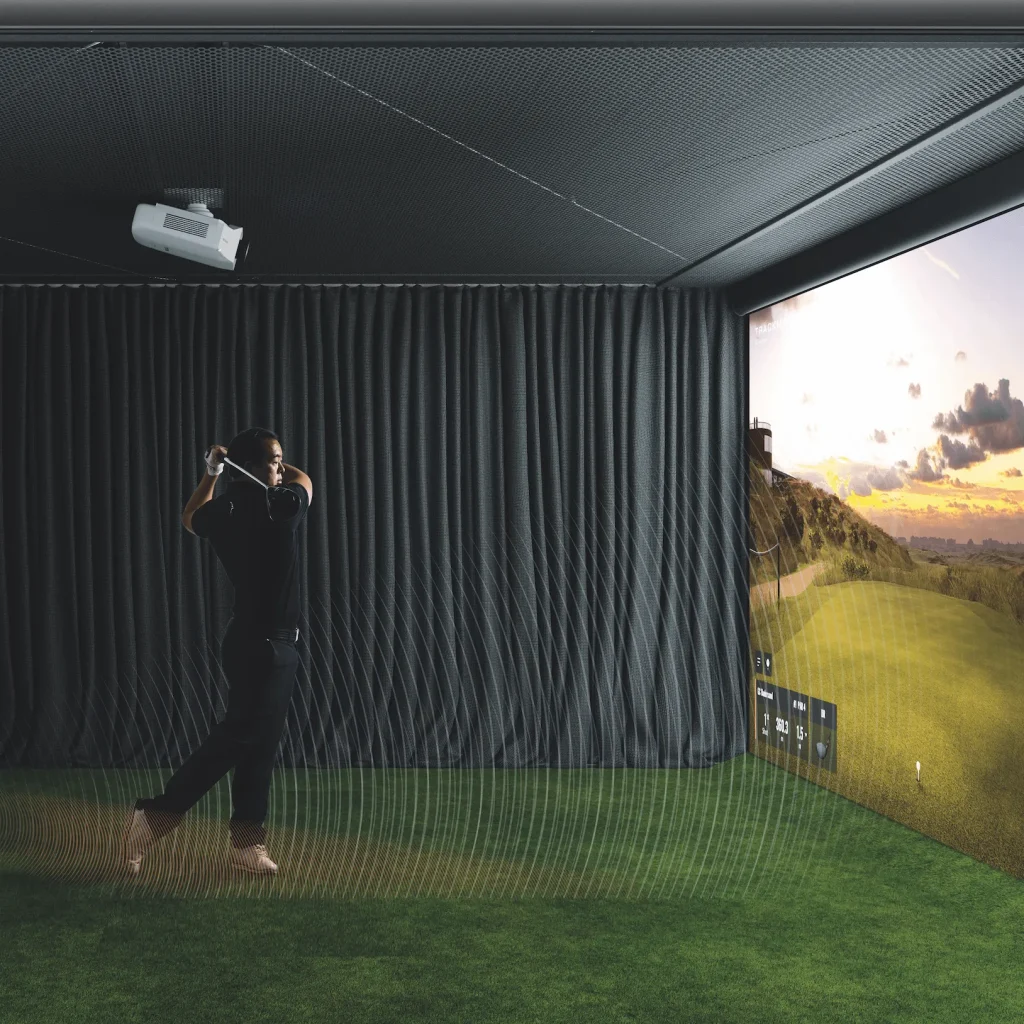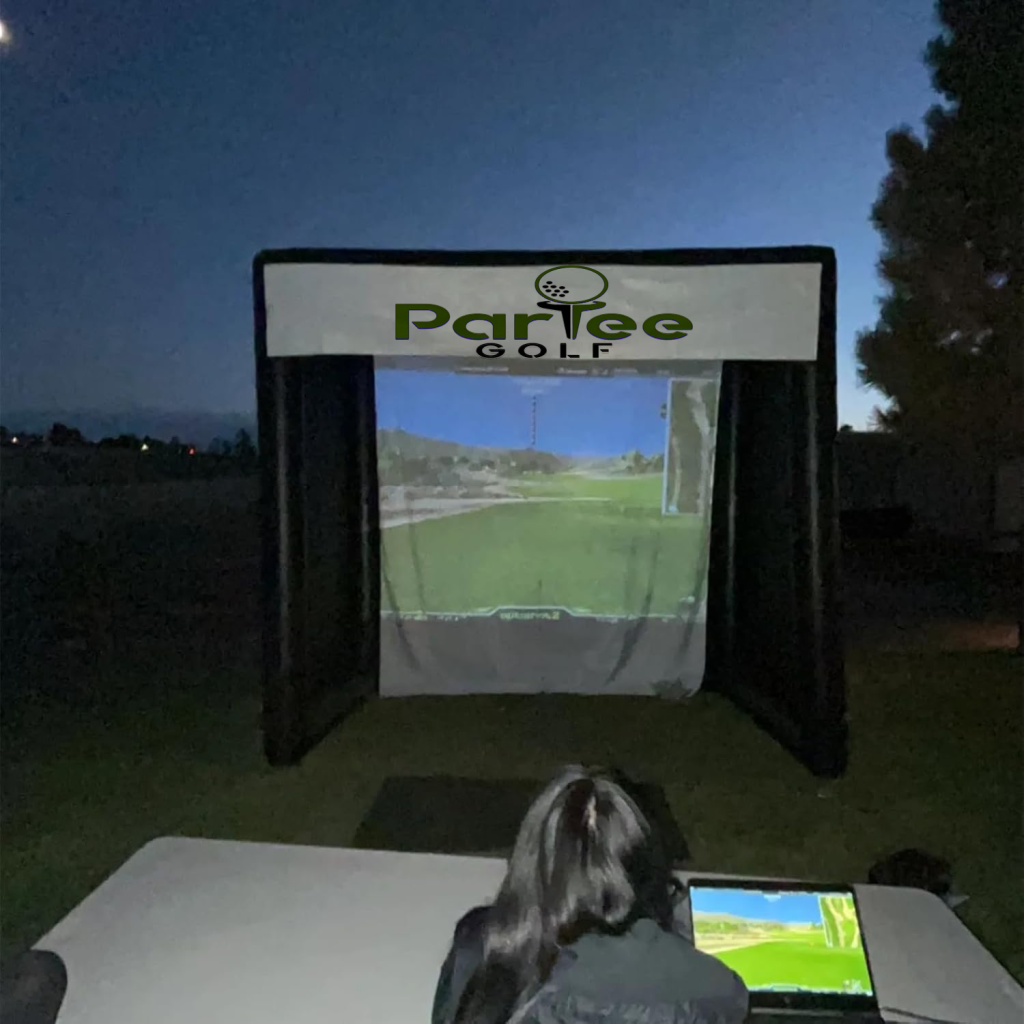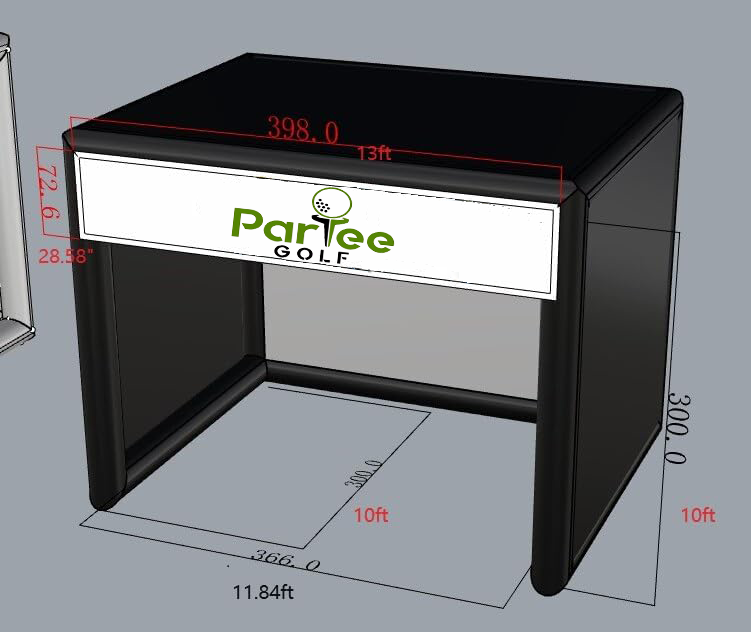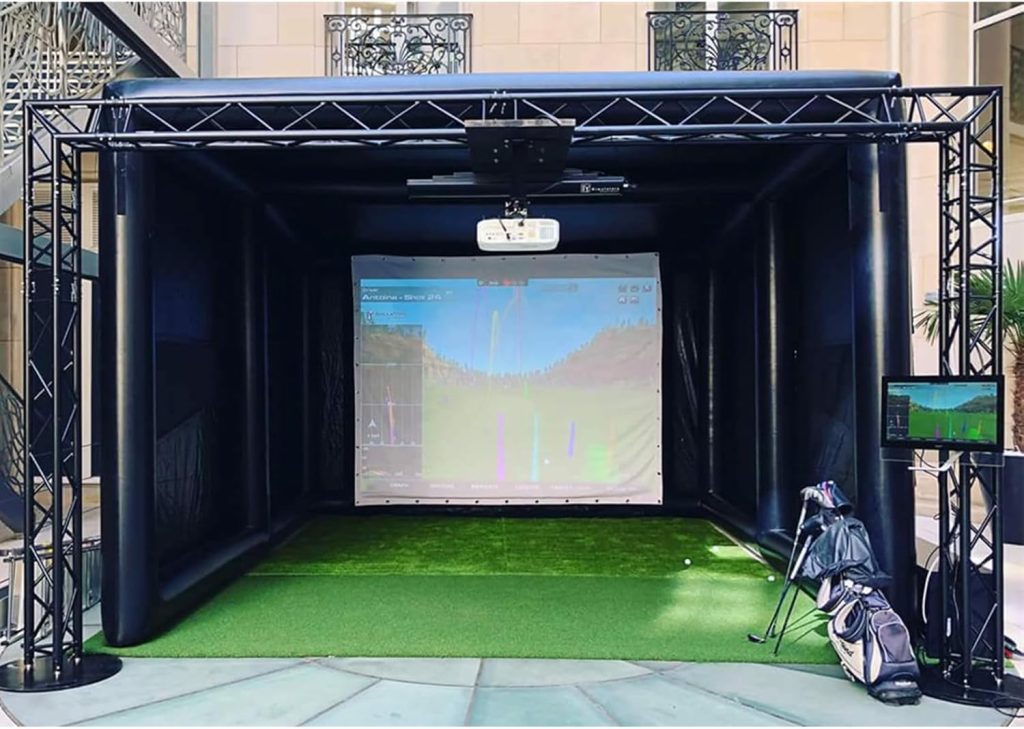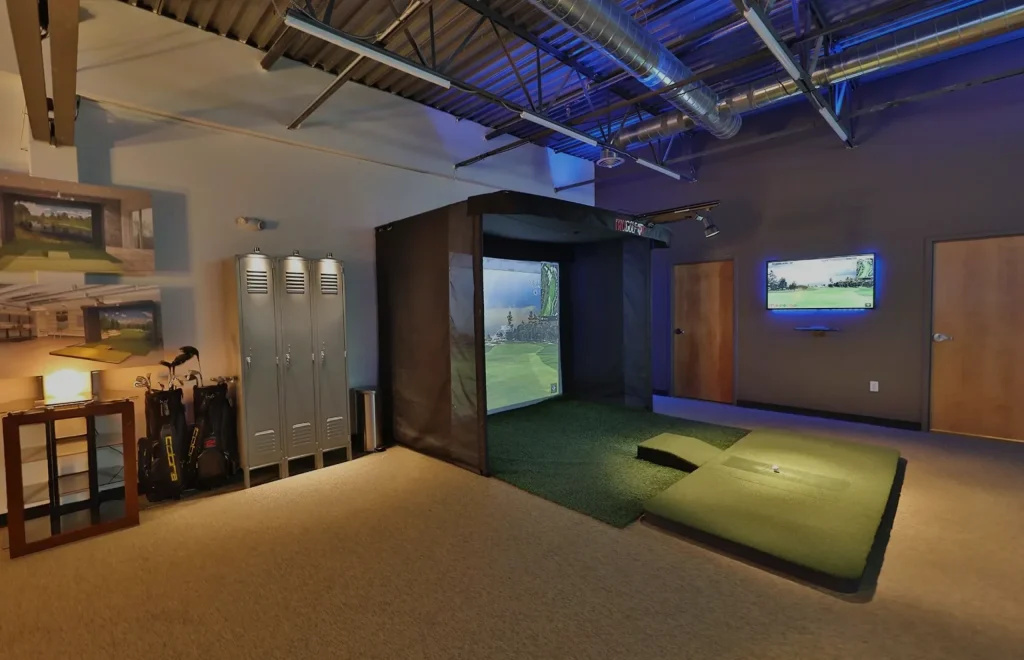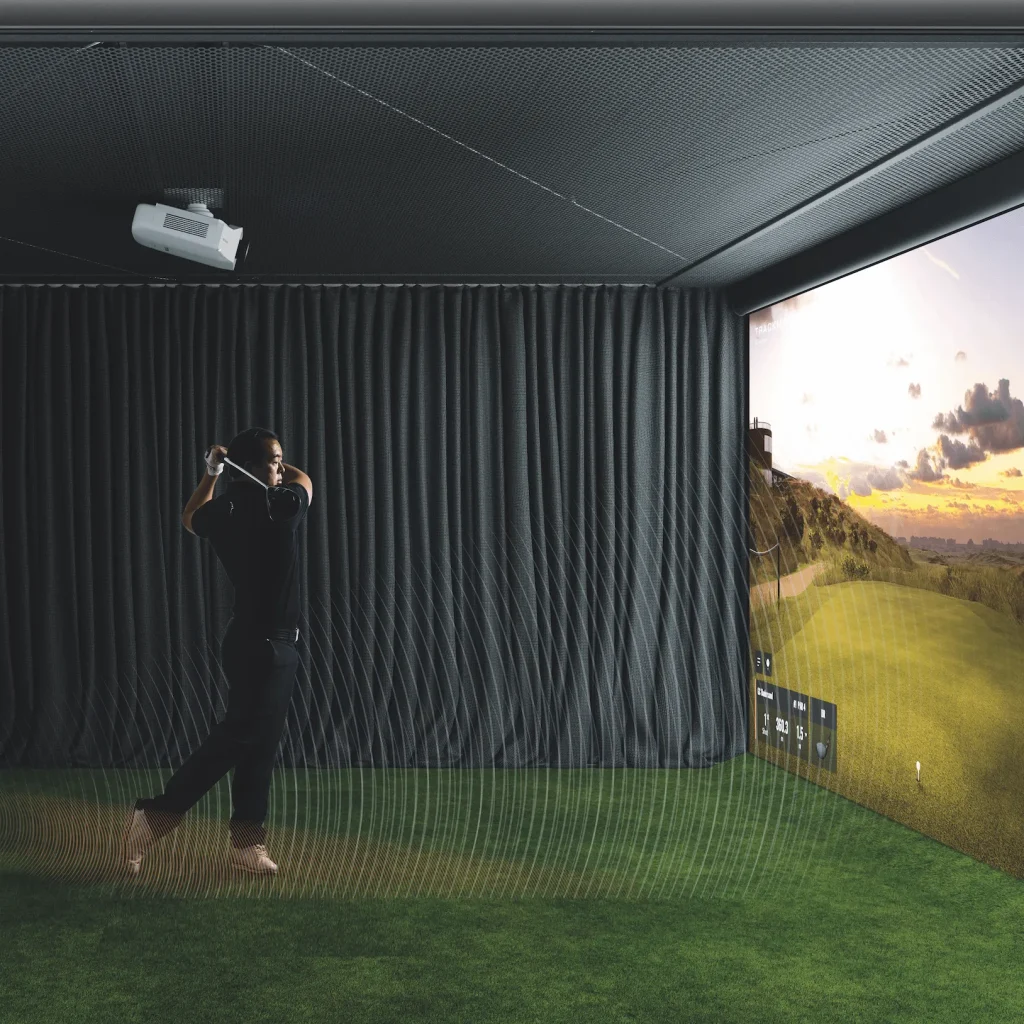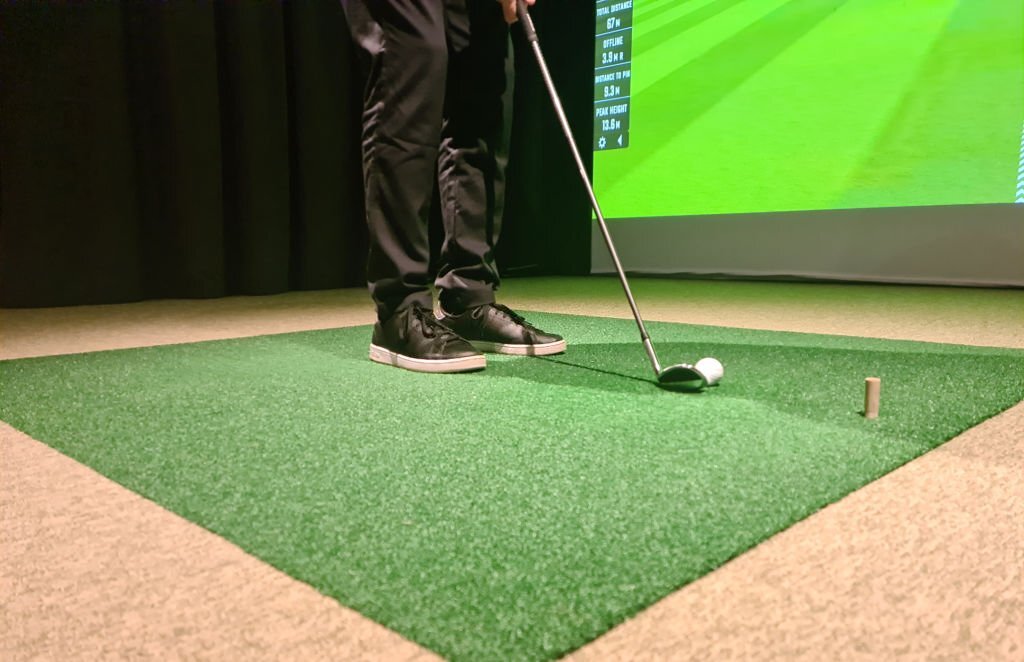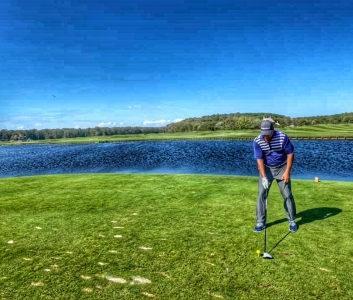Understanding the Technology Behind Golf Simulators
Golf simulators utilize advanced technology to replicate the experience of playing on a real course. These systems incorporate sensors, high-speed cameras, and sophisticated software to analyze a golfer's swing and provide real-time feedback on performance.
For instance, many simulators use Doppler radar technology to track the ball's flight path and provide detailed statistics such as swing speed, launch angle, and distance. This data not only helps golfers improve their skills but also enhances their understanding of the game's mechanics.
Benefits of Using a Golf Simulator for Skill Development
Using a golf simulator can significantly accelerate skill development for golfers of all levels. With the ability to practice year-round, players can focus on specific aspects of their game without the limitations of weather or course availability.
Additionally, simulators often include various practice modes and challenges, allowing users to work on their short game, putting, and full swings in a controlled environment. This consistent practice can lead to faster improvement and greater confidence on the course.
Choosing the Right Golf Simulator for Your Needs
When selecting a golf simulator, it's essential to consider factors such as space, budget, and intended use. Different models offer varying features, from basic launch monitors to complete immersive systems with large screens and advanced analytics.
For example, a golfer with limited space may prefer a compact setup that can be easily stored, while a serious player might invest in a high-end simulator that provides a realistic experience with multiple course options. Assessing your needs will help you find the best fit for your golfing goals.
How to Set Up Your Home Golf Simulator
Setting up a home golf simulator involves several key steps to ensure an optimal experience. First, you'll need to choose an appropriate space that allows for sufficient swing clearance and room for the simulator equipment.
Once you've selected the location, it's crucial to install the simulator software and set up the necessary equipment, such as cameras, sensors, and screens. Proper calibration and alignment are essential for accurate performance tracking, making it important to follow the manufacturer's guidelines for setup.

